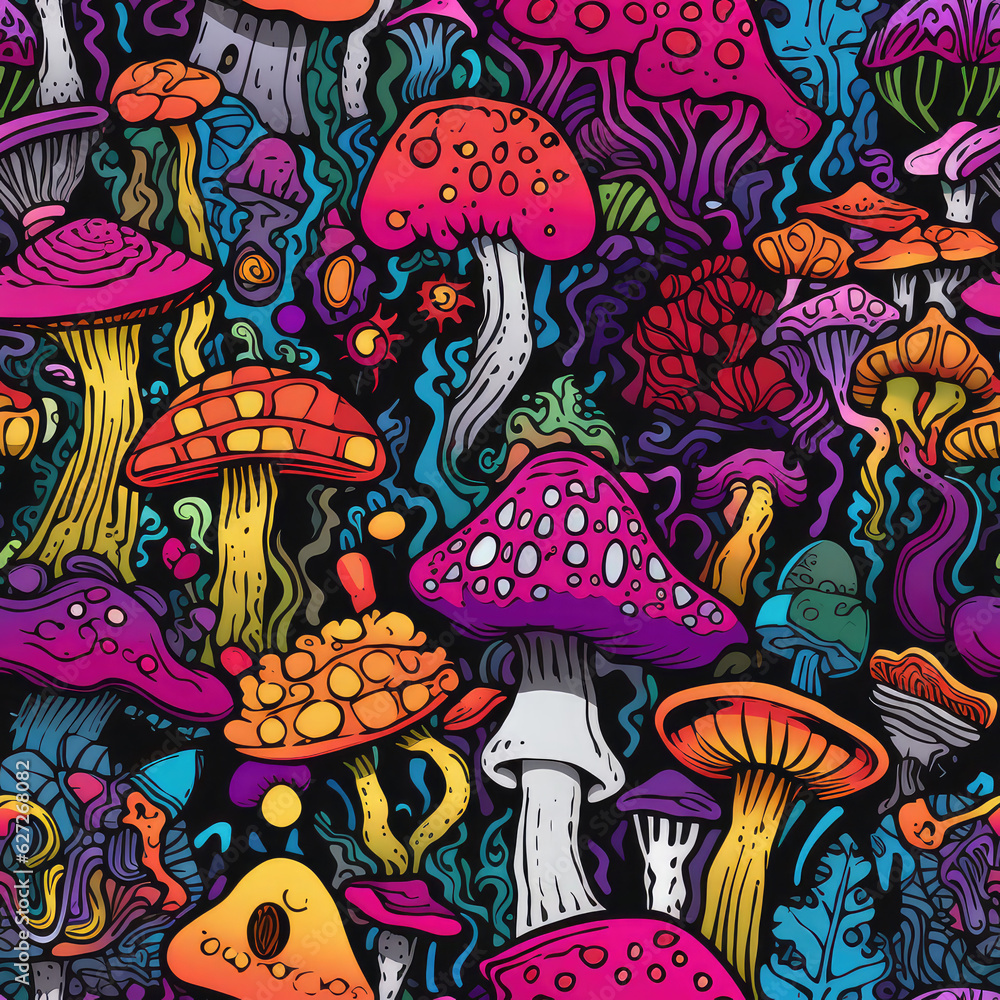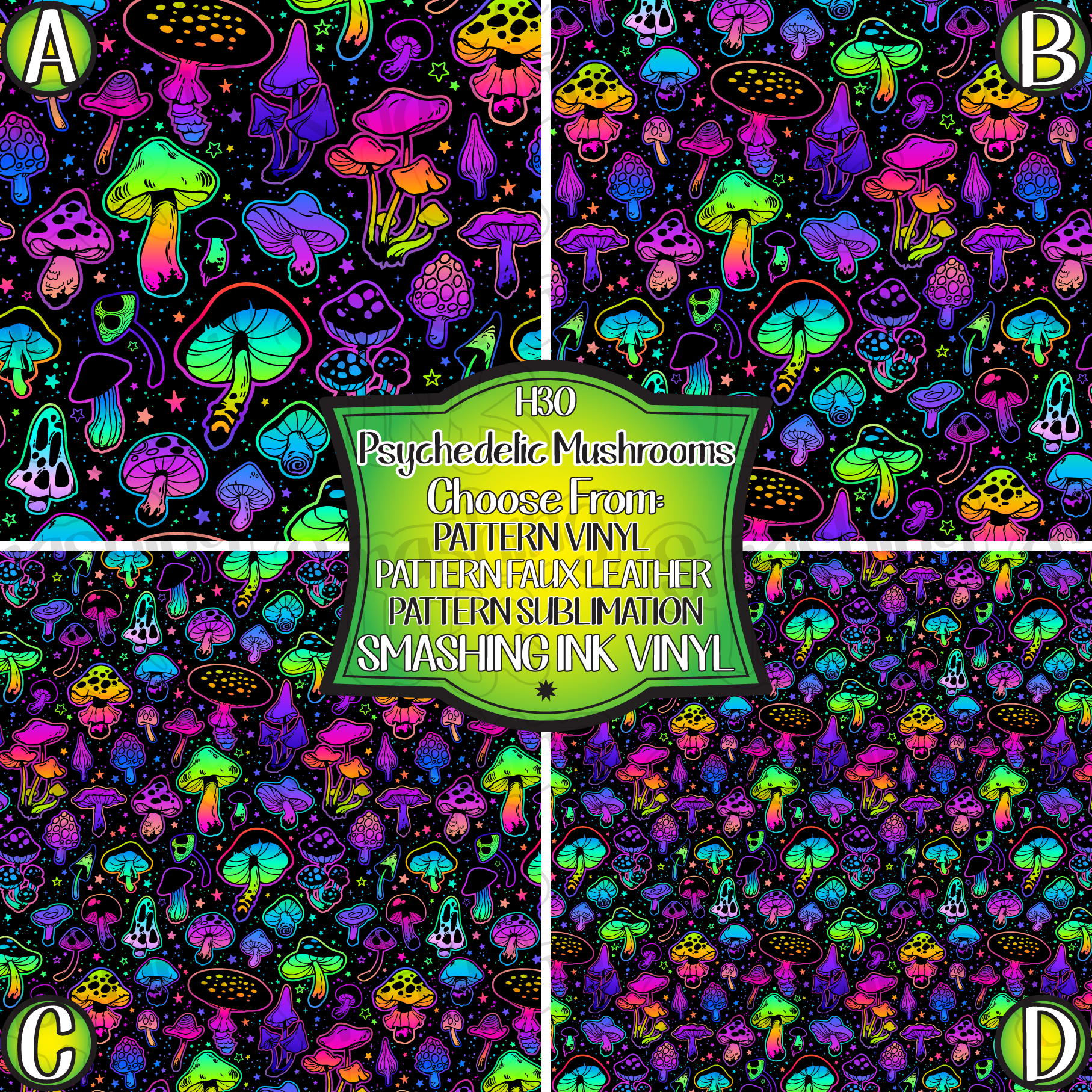Unveiling the Great Advantages of Psychotomimetic Representatives in Clinical Setups
Recent developments in the application of psychotomimetic agents, such as psilocybin and copyright, in medical settings necessitate a closer exam of their restorative benefits. What remains to be seen is exactly how these agents can be integrated right into well-known treatment paradigms while making certain person security and effectiveness.
Recognizing Psychotomimetic Agents
In professional setups, understanding psychotomimetic representatives is important for properly managing their healing and negative effects. These representatives, which include materials like hallucinogens and certain dissociatives, can substantially alter assumption, state of mind, and cognitive procedures. An extensive understanding of their pharmacodynamics and pharmacokinetics is critical for clinicians, as these variables influence both the possible advantages and dangers connected with their use.
Psychotomimetic agents mostly act on neurotransmitter systems, specifically serotonin and dopamine pathways (About Golden Psycho). This interaction can cause profound modifications in mindsets and experiences, which might be helpful in controlled healing contexts yet can likewise speed up adverse mental responses, such as anxiousness or psychosis, if mismanaged. Therefore, a nuanced understanding of specific patient elements, consisting of psychological wellness history and potential medication communications, is important

In addition, the lawful and ethical considerations bordering using these agents require mindful navigating within clinical practice. As research study remains to discover their possible benefits, it is important for health care specialists to continue to be informed regarding arising proof, ensuring that patient safety and notified approval stay at the forefront of any healing routine including psychotomimetic representatives.
Healing Applications in Mental Wellness
In the middle of growing passion in different healing methods, psychotomimetic representatives have become potential therapies for various psychological wellness disorders. Current studies suggest that substances such as psilocybin and lysergic acid diethylamide (LSD) might use substantial benefits for problems like anxiety, anxiety, and trauma (PTSD) These agents appear to assist in extensive mental experiences that can advertise psychological innovations and cognitive restructuring.
In scientific settings, psychotomimetic agents are being discovered as complements to psychotherapy, enhancing healing involvement and promoting introspection. Psilocybin has actually shown promising results in treatment-resistant clinical depression, with individuals reporting sustained enhancements in mood and a decrease in symptoms adhering to directed sessions. In a similar way, research study into the application of LSD in restorative contexts recommends that it can help in minimizing anxiety connected with incurable disease, providing individuals with a feeling of peace and approval.

Furthermore, arising proof suggests that these compounds might promote neuroplasticity, possibly aiding in the healing of maladaptive idea patterns. As the stigma surrounding psychotomimetic representatives diminishes, their combination right into mental health and wellness treatment paradigms offers an exciting frontier, calling for more investigation and medical expedition.
Mechanisms of Action
The systems of activity underlying psychotomimetic representatives are complex and diverse, including communications with numerous neurotransmitter systems in the brain. Mostly, these representatives apply their effects with inflection of serotonin (5-HT) receptors, specifically the 5-HT2A receptor, which plays a vital duty in moderating hallucinogenic experiences. Activation of these receptors affects cortical and subcortical paths, leading to changes in understanding, mood, and cognition.
In addition, psychotomimetic agents can affect dopamine pathways, significantly in the mesolimbic system, which is connected with incentive and inspiration. This communication might add to both the healing advantages and prospective damaging results observed with these materials. There is proof that these agents can affect glutamatergic signaling, especially via NMDA receptor enmity, which might boost synaptic plasticity and advertise neurogenesis.
The interplay between these neurotransmitter systems develops an one-of-a-kind medicinal account that can help with restorative outcomes in psychological wellness therapy. Recognizing these devices is vital for enhancing the medical applications of psychotomimetic agents, ensuring that their usage is both risk-free and efficient in managing numerous psychiatric conditions.
Instance Researches and Research Study Searchings For
Recent examinations right into psychotomimetic agents have produced considerable understandings with various case researches and scientific trials. One remarkable research study concentrated on the healing capacity of psilocybin in patients experiencing treatment-resistant anxiety. Individuals reported considerable reductions in depressive signs and symptoms that persisted for weeks adhering to a single management, highlighting the agent's quick onset of activity compared to typical antidepressants.
Another crucial case research analyzed the usage of copyright in patients with trauma (PTSD) The searchings for indicated that individuals navigate to these guys undertaking copyright-assisted therapy experienced marked renovations in their PTSD signs and symptoms, with numerous attaining remission after several sessions. This highlights the importance of the restorative context in optimizing the advantages of psychotomimetic agents.
Research study has actually additionally checked out the application of ketamine in taking care of persistent pain conditions, with case records showing substantial pain relief and improved top quality of life for patients unresponsive to traditional therapies. These searchings for jointly illustrate the promising function of psychotomimetic representatives in treating a series of psychological and somatic conditions, leading the method for additional research study to define optimum therapy protocols and long-term end results.
Future Instructions in Therapy
As researchers delve much deeper into the healing potential of psychotomimetic agents, promising opportunities for future therapy are beginning to take shape. Advances in neuroimaging methods, such as practical MRI and Family pet scans, are making it possible for a better understanding of just how these agents affect mind connection and neurotransmitter dynamics.
In addition, the integration of psychotomimetic agents into psychotherapeutic frameworks, such as cognitive behavioral treatment (CBT) or mindfulness-based methods, is getting grip. This mix might harness the agents' capability to facilitate emotional processing and introspection, thus boosting healing results.

Furthermore, continuous research study into the safety and honest factors to consider surrounding making use of psychotomimetic representatives is important for their acceptance in scientific setups. As regulatory bodies remain Find Out More to examine these materials, future directions might additionally include the development of standardized protocols and training programs for practitioners, making sure responsible and reliable see it here application. Jointly, these efforts will play a critical role beforehand psychotomimetic treatments and improving client care.
Final Thought
In summary, psychotomimetic representatives, such as psilocybin and copyright, show considerable possibility in medical settings for dealing with numerous mental wellness problems. Their capability to promote neuroplasticity and boost therapeutic end results highlights the necessity of an organized healing setting. About Golden Psycho. Continued research and exploration of their systems of activity may further validate and broaden their applications in mental health and wellness therapy, paving the way for innovative methods to relieve the burden of problems like clinical depression, stress and anxiety, and PTSD
 Jaleel White Then & Now!
Jaleel White Then & Now! Ralph Macchio Then & Now!
Ralph Macchio Then & Now! Alexa Vega Then & Now!
Alexa Vega Then & Now! Brandy Then & Now!
Brandy Then & Now! Daryl Hannah Then & Now!
Daryl Hannah Then & Now!